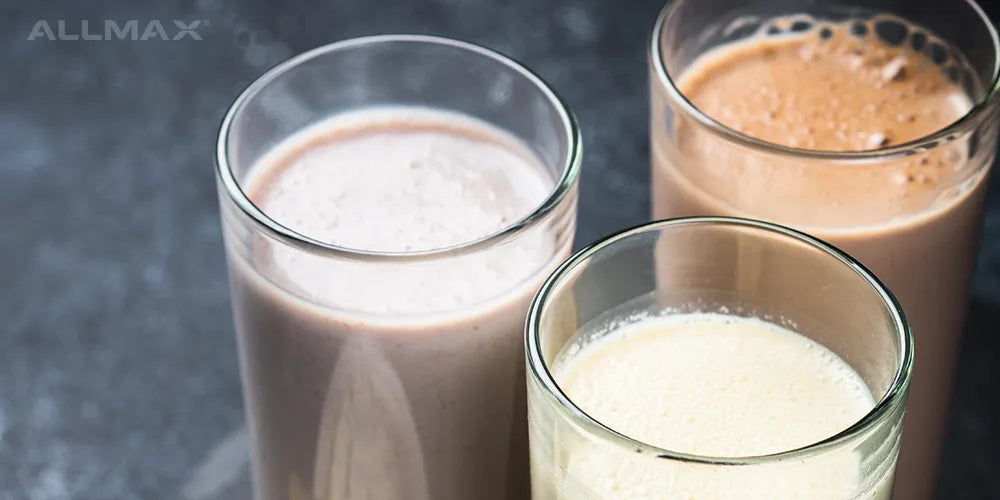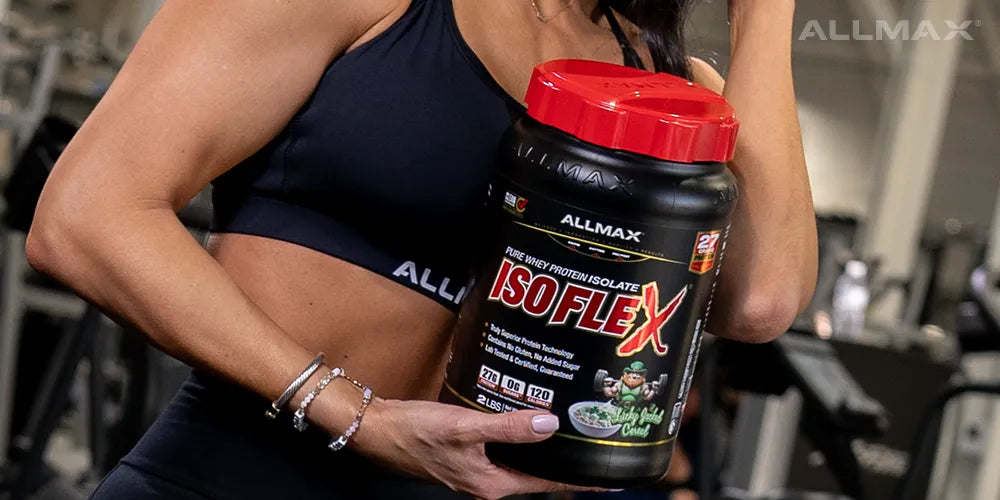A Beginners Guide
Beyond the fad diets and the juice cleanses, beyond the stress of strict dieting and yo-yoing -lies a way of eating that calms the mind and the cravings. You can eat the foods you love, and also stay on track with your current goals.YES YOU SHOULD STILL EAT HEALTHY,it all goes back to the 80/20 rule. Eat whole foods 80% of the time, and give yourself the 20% to incorporate and enjoy the treats and other foods you enjoy eating. In this article I will tell you the ins and outs of tracking your macros (also known as flexible dieting or If It Fits Your Macros IIFYM) and how this can propel your fitness career to the next level (Horton).
Is Macro Tracking For You?
If you find yourself hitting a plateau in your training or weight loss, if you are needing extra help knowing what enough protein is on your plate, if you have a competition or show you are working towards, or if you are a seasoned healthy eater but want to lean out or propel your fitness goals; macro tracking could be your next step.
Macronutrients 101:
The human body needs 3 key macronutrient components of food to survive. These 3 macronutrients are protein, carbohydrates, and fat. You have probably heard sometime in your life of diets or fads that are “ low carb” or “ low fat”. This is where macronutrients, or macros come in to play. These diets target certain macronutrients and decrease the allotted amount in calories to try to stimulate a caloric deficit, which will lead to weight loss. Lets start with breaking down each macronutrient and lay out the components that make up each one, list some foods that contain them, and healthy snacks and meals to form from these macronutrients.
Beginner Meets Protein, Carbs, and Fat
To start with, lets talk about protein. Protein is one of the essential macronutrients our bodies need to thrive. It is made up of amino acids- some, which our bodies produce themselves and others that we need to consume in our diet. These are primarily nonessential and essential amino acids. Protein is found in many sources of food including chicken, beef, pork, some tofu, eggs and fish ( Andrews ).
Next up we have Carbohydrates.
Another macronutrient our bodies need to have energy and to function at its finest . This macronutrient makes up all of your favorite pastries, breads, pastas and candies. Carbohydrates are also considered to be fruit, starchy vegetables, dairy, and grains ( Coila). Last but not least is Fat. Our bodies and brains need fat to survive. The fats we eat in our diet can be separated in to two main groups. These groups are unsaturated fats and saturated fats. To stay on the healthy side, you will want to include mostly unsaturated fats on your plate. Foods high in unsaturated fats would be nuts, seeds, olives, and avocados. The foods that are generally higher in saturated fats will be foods such as cupcakes, cookies, butters, cakes, other packaged foods and treats, and coconut oils (mens).
Where do you start?
Every individual has a macro makeup that is pristine for their body type and activity level. For fat-loss, for muscle growth, and for sustainability, the numbers will vary greatly. Changing your macro counts based on your goals is one of the many perks of flexible dieting. You can start by asking yourself a series of 2 questions to better know how to incorporate flexible dieting for your body type.
- Am I willing to stick with this long term?
- What is my main goal with macro tracking?
How to find your magic numbers
Now that you have answered the 2 most important questions on your journey, you can find out your macro numbers and get to work. There are 2 ways you can calculate your macros specific to your body type and goals. The first one is to start with a hand calculation or formula namely, the Mifflin St. JEOR equation. The second one is to input your information in an online macro calculator to find out your numbers. If you choose the latter, I recommend IIFYM.com. To find out your macro numbers by hand with the Mifflin St JEOR formula (Mifflin), you first need to start by finding out your REE or your Resting Energy Expenditure. This can be found by doing the following:
For women:
- 10 X Weight(kg) + 6.25 X height(cm) -5
For Men:
- 10 X Weight(kg) + 6.25 X height(cm) – 5 X age(y) -161
- 10 X 72.6+ 6.25 X 173 – 5 X 30 +5 =
- 726 +1,081-155=1652(REE)
- 1652 X 1.55= 2,560(TDEE) Calories
- 1 G of protein = 4 calories
- 1 G of fat = 9 calories
- 1 G of carbohydrate= 4 calories
Next up… Fat!
Generally to start with- 25% of your diet should come from healthy fats. Lets go ahead and take 25% of 2,560 calories, which equals out to be about 640 calories or 71 grams of fat.
- (640 / 9 = 71)
LASTLY WE HAVE CARBOHYDRATES AND THE REMAINDER OF OUR DAILY CALORIES.So far we have: 160 G Protein & 71 G Fat, which leaves us with 320 G Carbohydrates. There you have it! You have successfully calculated your macros and are ready to crush your goals and enjoy flexible dieting to the fullest. Do you want to know the best thing about flexible dieting? You can tweak your numbers based on the presence or lack of success you see. Lets say you complete your macro calculations and try them for two weeks but don’t see the results you desire. You can re-evaluate and tweak your macro calculations and see what is safe that what works best for your body.
How do I Track Each Macronutrient in My Meals?
The specific goals you have set for yourself will determine to what extent and level you track your macros. For example, if I’m just looking to get a better feel of how much protein I should eat with each meal or want to get a better idea of what I eat in a day, I will track my food in My Fitness Pal and nothing more. If I ate a ham and cheese sandwich on wheat bread with light mayo and mustard, I would enter in each component and not worry about the weight of my food. If I am training for a body building or Bikini competition or need to meet a deadline, I will use My Fitness Pal to track my food- but I will make sure I measure each component of my meals on a food scale to ensure I am calculating what I am consuming to the nearest gram.
Expert level Flexible Dieter with ALLMAX ISOFLEX
Whether you are just a beginner at counting your macros, or you are a seasoned veteran; a common struggle all flexible dieters face is getting in enough protein throughout the day. Lets face it, you can only eat so much chicken and beef in a day until you are completely sick of it and crave something else!
A QUICK TIP IS TO USE SUPPLEMENTSto help you reach your goals. First and foremost get your protein from whole food sources first if you can. If you are in a bind, short on time, or just lacking those protein numbers as the day winds down- reach for ALLMAX ISOFLEX Protein powder. This is a quick way to hit your goal numbers and make sure you are being consistent in your tracking. This protein powder has 27 G of protein which adds a solid protein source to your daily food log. ALLMAX ISOFLEX is low sugar, has no artificial colors or sweeteners, is soy free, and tastes creamy like a milk shake( Nutrition). If you have been putting off that sweet tooth, this will hit the sweet spot… and even better- boost you to hit those macro numbers. It’s a Win win.


